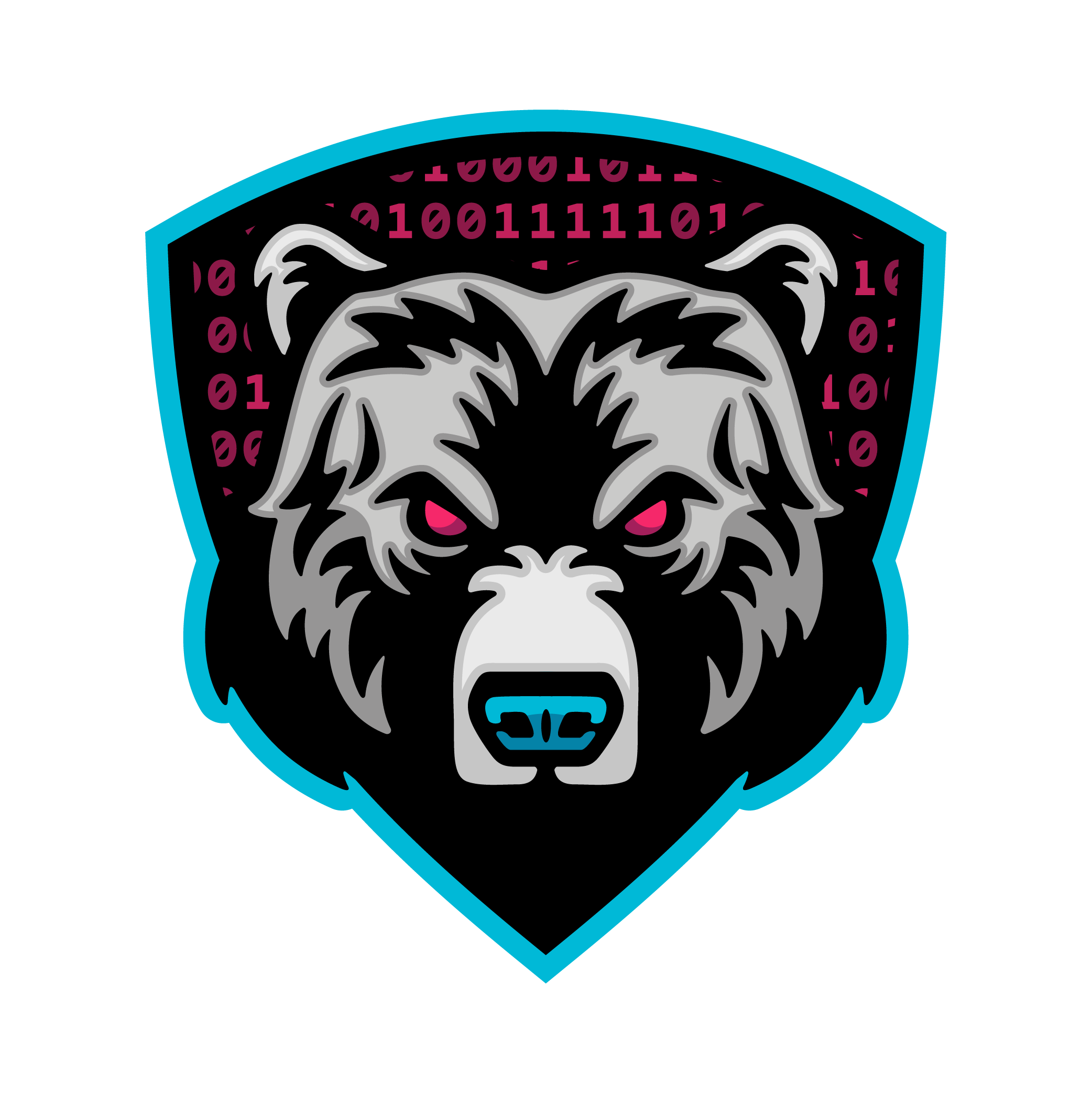$ ~/Homelab_v1.conf

There are many ways of learning skills in technology and personally, I like to learn by practical vs theory, and installing an application or installing hardware can be one of the best ways to get hands-on experience.
However, we don’t all have access to enterprise equipment and a large data centre with full network stacks and Aircon to keep it all cool.
But you can get pretty close these days with VMs, Cloud infra and some old hardware from eBay or old computer fairs.
Here is a rundown of my home lab setup to help those looking for some inspiration.
Servers
Micro Form Factors
These small PCs, running laptop components are great as you get some good power from the CPU and RAM without running a huge power bill and can be headless (no screen attached). The downside to these is the lack of expansion so you have to be clever if you want to add things like a second network card. USB ethernet adapters are a great way to add secondary network connections.
From £100 – £500 for an 8-core processor device for running VMs
The HP was my only Windows device until I got my new PC, and was used for all those things sometimes you just have to use Windows.
Make: HP
Model: Elite desk 800 G5
OS: Windows 10 Pro
CPU: Intel i5-9500T 6 Core 3.70 GHz
GPU: Intel UHD 630
SSD: 500 GB Nvme M.2 Western Digital Blue
MEM: 16 GB DDR4
The Lenovo is running the Debian server as my Plex media server attached to the Synology NAS which holds the media.
Make: Lenovo
Model: Think station m910q
OS: Ubuntu 20.04
CPU: Intel i5-6500T 6 Core 3.1 GHz
GPU: Intel UHD 530
SSD: 500 GB 2.5 Crucial MX500
MEM: 8 GB DDR4
The Dell runs as my daily driver Linux device with my local Kali VM for Hack the Box and Try Hack Me training.
Make: Dell
Model: OptiPlex 3080
OS: Ubuntu Budgie 20.04
CPU: Intel i5-10500T 6 Core 3.80 GHz (12 Threads)
GPU: Intel UHD 630
SSD: 500 GB Nvme M.2 Western Digital Blue
SSD: 500 GB 2.5 Crucial MX500
MEM: 16 GB DDR4
The Raspberry Pi 4b is running Monero (XMR) Crypto mining.
Make: Raspberry Pi
Model: Pi 4 Model B
OS: Raspberry Pi OS 64 Bit
MEM: 8 GB
SD: 32 GB SanDisk
Workstation
Designed for graphics or intense computing, these workstations are generally built using server components but generally with a lack of ECC Memory and redundant power supplies.
Make: HP
Model: z320
OS: Ubuntu Server 20.04
CPU: Intel Xeon 1245 v3 4 Core 3.8 GHz (8 Threads)
GPU: NVIDIA GeForce 750 TI
SSD: 500 GB 2.5 Crucial MX500
HDD: 1TB 3.5 7200 rpm Seagate BarraCuda
MEM: 16 GB DDR3
The HP Z230 is running Observium, Syslog, Splunk and other applications for monitoring my devices and networks, as well as Hashcat Password cracker to make use of the GPU.
Network Attached Storage (NAS)
NAS are small computers/units that can hold a number of disks together and provide redundancy such as RAID and application services. As the name suggests these devices sit on your network are the PCs or Servers connected to them using protocols such as SMB, NFS or CIFS.
My Synology NAS holds my media collection for my Plex Media Server, while my QNAP holds everything else from logs to documents, pictures and code.
Make: QNAP
Model: TS-653A
OS: QTS 5.0.0
CPU: Intel Celeron N3150 4 Core 1.60 GHz
MEM: 8 GB DDR2
HDD: 6x Toshiba 1 TB 5400 NAS Drives
Make: Synology
Model: DS218 Play
OS: Synology DSM 7.0.1
CPU: Realtek 1.4 4 Cores
MEM: 1 GB DDR4
HDD: 2x Toshiba 6 TB 5400 NAS Drives
Network
This is where generally it can get expensive and spending a little more money here will be better in the long run. That’s not to say that there aren’t some bargains out there to be had.
Netgear 8 Port 1Gbps switch
Devolo dLAN® 1200+ Powerline Adapters
UniFi Dream Machine Router
The router and Wifi run in the living room with the ISP-provided kit in modem-only mode. Then the powerlines provide a connection into the office and the 8 port switch to connect the lab together.
General PC
My everyday PC, where I can play games and run VMs locally for various training and learning. I can highly recommend SCAN as a supplier they have always had great customer service, delivery and reasonable prices. I have used them for over 15 years now and they have never faulted me.
Make: 3XS Gamer Ti
OS: Windows 11 Home
CPU: Intel Core i7 12700K CPU.
Memory/RAM: 32GB Corsair Vengeance RGB PRO 3600MHz DDR4.
GPU: 8GB ASUS GeForce RTX 3060 Ti TUF GAMING OC V2 GDDR6.
Motherboard: ASUS PRIME Z690-P WIFI D4.
SSD: 3x 1TB Samsung 980 M.2 NVMe SSD.
Monitors
2x LG 35″ 35WN75C-B 3440×1440 VA 100Hz FreeSync sRGB99 HDR10 Curved LED Backlit Ultra-wide Gaming Monitor
Accessories
Steel Series Apex 3 TKL Keyboard
Steel Series Aerox 3 Wireless Mouse
Creative Labs Pebble V3 Speakers
The Future
I have some enterprise-grade devices that I have collected over the last couple of years to expand my VM capabilities and allow me to spin up more VMs to work with when learning.
I can then expand the network and run fibre from the garage to the office and segregate the lab network from the home network eventually.
CISCO 3650 Catalyst Switch 24 Port
CISCO 3850 Catalyst Switch 48 Port
Dell PowerEdge R720xd
Hope this gives you some idea of running a home lab, with a small and relatively cheap kit.
Ted.


